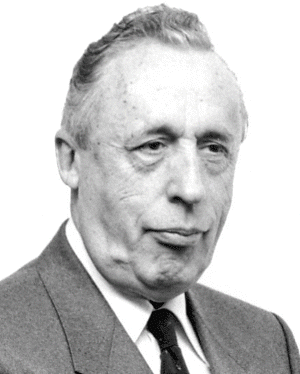Ad van Heijst received his medical degree from Utrecht University Medical Centre, Utrecht, the Netherlands, in 1955. He did his residency at the same University Centre. In 1957, during the polio epidemic, he was responsible as a young physician for the care of patients with poliomyelitis. Three patients needed chronic ventilation. Ad was involved in setting up a small “intensive care unit” with artificial ventilation support. This unit called “Reanimation” started with eight beds, and Ad was appointed as the chef de clinique of this unit. Patients needing intensive care treatment and suffering from tetanus, intoxications, and neurological conditions were admitted. Good cooperation with the hospital pharmacy made it possible for many toxicological analyses to be performed on a 24-h basis, which is now common but at that time seldom available.
In 1959, a poisons information service was started at the Laboratory of Pharmacology at the National Institute for Public Health and the Environment. In 1962, the intensive care unit of the Utrecht University Medical Centre and the poisons information service were combined. The official name of the poisons information service became the “National Poisons Information Centre” and remained the responsibility of the National Institute for Public Health and the Environment. The poisons information center provided information 24 h a day. Ad was responsible initially for the medical aspects of the National Poisons Information Centre, but in 1966 he became the general director of the National Poisons Information Centre. In 1968, Ad completed his thesis on “Acid–base balance in blood and cerebrospinal fluid.”
Dr. van Heijst's talent and outstanding commitment to emergency medicine and clinical toxicology were soon apparent to his colleagues. In 1973, he was appointed as a full professor in Reanimation and Clinical Toxicology at the Utrecht University, Utrecht, the Netherlands. His professorship would now be entitled “Professor in Intensive Care and Clinical Toxicology.”
In the 1970s, stimulated by Professor van Heijst and in cooperation with the Laboratory of Experimental Cardiology and Clinical Physiology of Blood Circulation of the Utrecht University Medical Centre, the personnel of the regional ambulance service were trained in emergency medicine. This resulted in a major improvement in the outcome of out-of-hospital resuscitation, both in the short term and in the long term.
Ad was very productive in toxicological research and made contributions to the field by investigating different aspects of the toxicity of xenobiotics, such as thallium, paraquat, orphenadrine, tricyclic antidepressants, and barbiturates. He coached several physicians in their PhD program and wrote more than 85 articles in peer-reviewed scientific journals.
Prof. van Heijst achieved international prominence in the field of clinical toxicology. He was an active member of the European Association of Poisons Centres and Clinical Toxicologists (EAPCCT). In 1974, he was elected the president of the EAPCCT and continued in office until 1986. He greatly influenced the scientific standard of the EAPCCT congresses. He also opened up contacts with North American toxicological societies, and this gradually resulted in an increased mutual participation in the congresses on both sides of the Atlantic. In 2000, he was awarded with a plaque by the American Academy of Clinical Toxicologists for his contributions to clinical toxicology.
Ad retired as director of the National Poisons Information Centre in the Netherlands in 1985 and from his chair in 1987. After his retirement, he remained active in Clinical Toxicology for WHO, specifically the International Programme on Chemical Safety. He traveled to several countries and advised the WHO on numerous subjects.
Ad N.P. van Heijst died at the age of 86 on February 14, 2009, after some years of ill health. Despite his poor health, Ad continued his life-long interest in clinical toxicology and continued to correspond with colleagues until very recently. Professor van Heijst is survived by his loving wife Janny who was such an outstanding support, not least during the time he was the president and particularly in recent years when he required several admissions to hospital. The entire European Association of Poisons Centres and Clinical Toxicologists express their heartfelt condolences to his wife Janny.
Members of the EAPCCT remember Ad with affection; he was a great physician, clinical toxicologist, and active researcher. Above all, he was a mentor and friend to many in the EAPCCT. We shall miss him very much.

